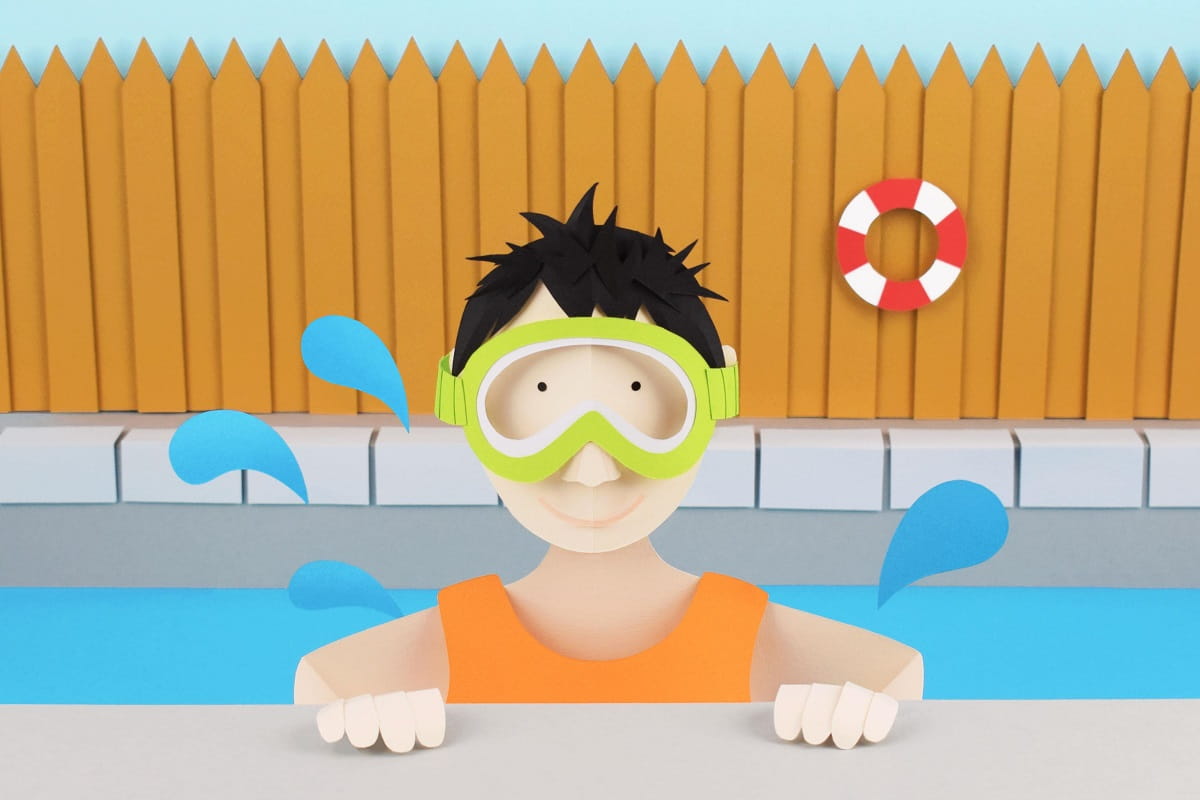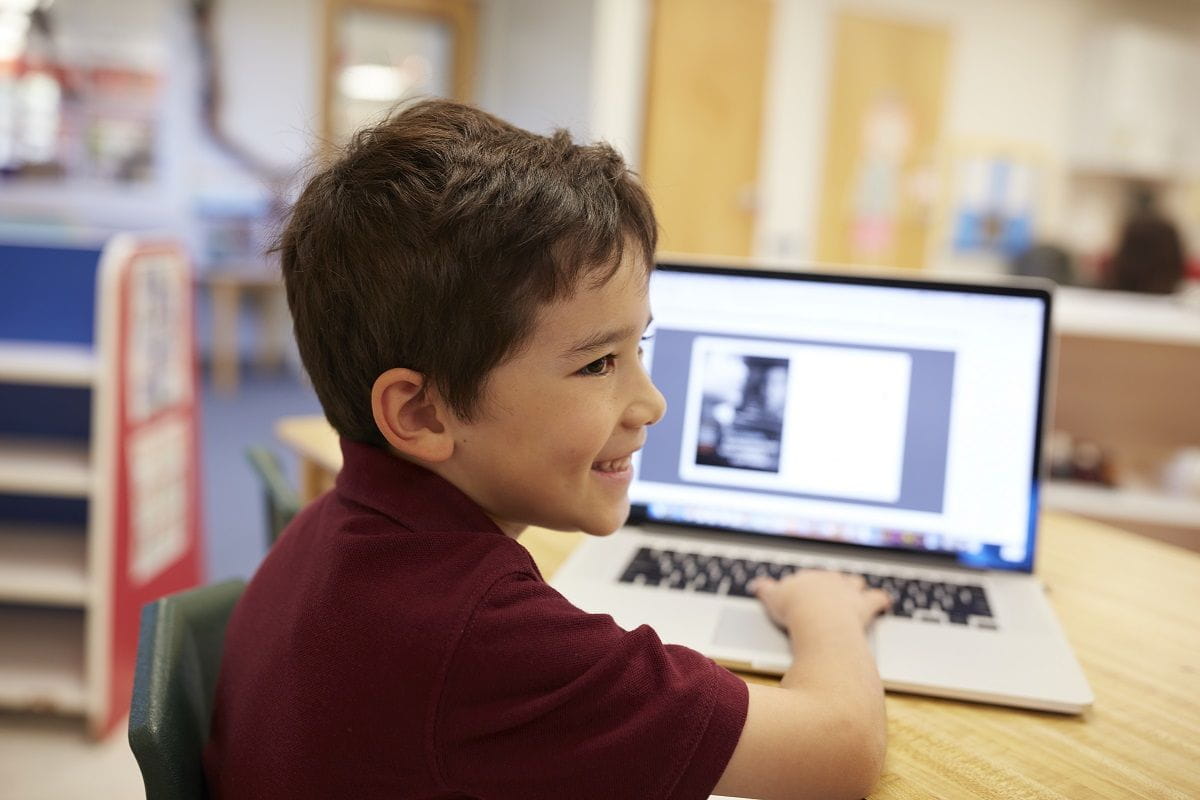Cannonball! 11 Water-Safety Tips to Keep ‘Em Splashy and Happy

From the public swimming pool to the beach to a kiddie pool in the backyard, water and summer go together. But water also requires parents to be vigilant about safety; children aged 1 to 4 have the highest drowning rates, according to the Centers for Disease Control.
The good news is that in the vast majority of cases, drowning is entirely preventable. Here are the things you can do to ensure your children stay safe while they’re having fun in the water.
- Learn CPR. This Red Cross website will help you find course in life-saving skills. Most only take a few hours. Do this.
- Actively watch children at all times when they are in the water: It’s not enough to simply sit poolside. Use this smart pool rule from the American Academy of Pediatrics (AAP): “For infants and toddlers, an adult should be in the water and within arm’s reach, providing ‘touch supervision.’”
- Children age 4 and over should learn how to swim. The AAP absolutely recommends that children over age 4 should learn to swim, especially with formal swim lessons.
- Children age 1 to 4 may benefit from lessons. Once upon a time, the AAP did not recommend swimming lesson for children younger than 4, but in 2010, the agency changed its stance. “New evidence shows that children ages 1 to 4 may be less likely to drown if they have had formal swimming instruction.” While the decision to enroll kids younger than 4 in formal lessons is the parents to make, children who spend a lot of time around water or families with a pool may decide to start them earlier.
- Swim lessons don’t drown-proof children. “Even advanced swimming skills cannot ‘drown-proof’ a child of any age,” wrote Jeffrey Weiss, MD, the lead author of the AAP’s new drowning prevention statement. Careful supervision by adults is still the best thing you can do to stay safe.poolsafety.gov
- Use life jackets. Choose a personal floatation device (or PFDs) that's U.S. Coast-Guard approved. (You’ll find an approval label inside the lifejacket.) Life jackets are recommended even when your child is near water, such as a riverbank or at the beach.
- Life jackets must fit well: No buying a size up on this potentially life-saving item. The U.S. Coast Guard notes the following: “To check for a good fit, pick the child up by the shoulders of the PFD. If the PFD fits right, the child’s chin and ears will not slip through.” For children five and under, choose a vest that has neck support and a strap between the legs.
- Don't substitute floating toys for safety devices. Inflatable toys and rafts and noodles should not be used in place of life jackets.
- Block access to pools. For families with pools, a four-sided fence around the pool is essential. Such a fence that is hard to climb, and at least four feet tall, can cut drowning risk in half.
- Keep a phone handy. When you’re playing near water, have a phone nearby in case of emergency.
- Teach your children about water safety. Check out the Adventures of Splish and Splash, an online game from poolsafety.gov. This is a fantastic resource for children to understand the rules to follow around water.





